It’s famed for cider, cheese and Glastonbury, but there’s much more to love about Somerset. Alongside a popular private members’ club (Babington House) and a global gallery outfit (Hauser & Wirth), its most in-vogue country house hotel (The Newt) has helped to attract a steady stream of creative emigres.
Among those embracing the county’s way of life are internationally known designers such as Alice Temperley and Bill Amberg and landscape gardeners such as Lulu Urquhart and Adam Hunt, whose rewilding garden won best in show at this year’s RHS Chelsea Flower Show (which happened to be sponsored by The Newt).
But from Frome via Bruton and Ilminster west to Chard there are plenty of entrepreneurs ‘slow living’ in and around Somerset’s quintessential market towns, where local craftsmanship runs deep.
Freelance seamstress and mother of four Leni Donaldson lives near Ilminster (where Alice Temperley has her atelier) and makes traditional childrenswear at Maggie Rose Clothing. ‘There’s a great small business support network – I meet local artists at craft fairs through the Somerset Collective,’ she says. ‘Life is not lived at high speed down here and I like the independent spirit.’
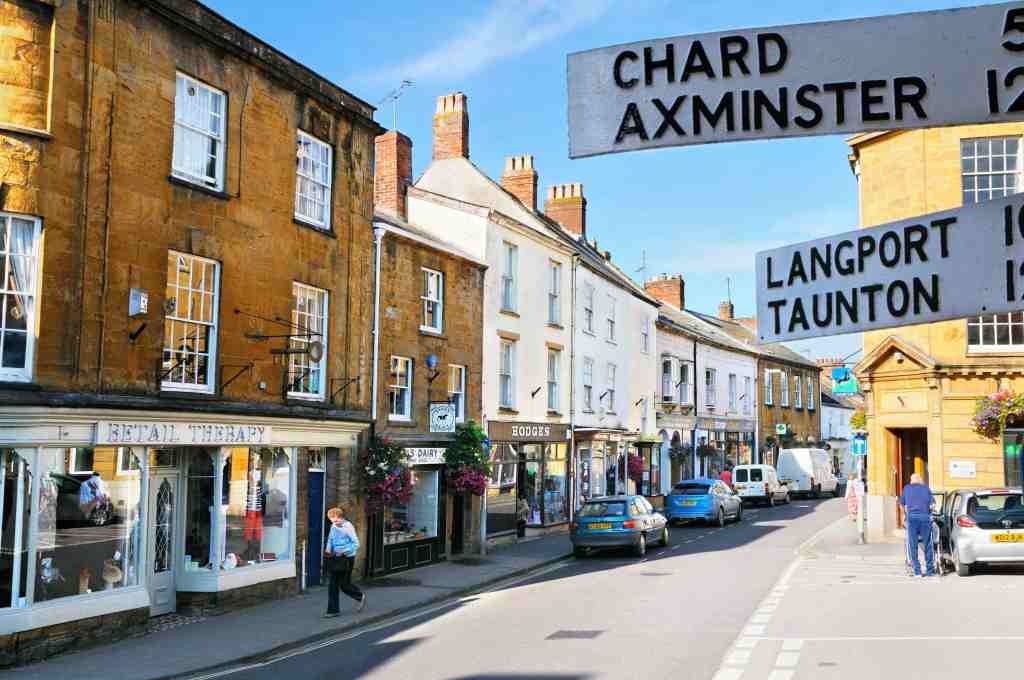
She’s not a Down from Londoner (DfL) and living in Somerset is not all about the ease of the commute to the capital. It’s a good two-hour train journey from London, so it’s more often a place where people want to be for its own sake (rather than just donning their Barbours and Hunters for a weekend of five-star comforts).
Buying agent Jo Henry, of Jess Simpson Property Search, says: ‘People looking to move to Somerset will find their tribe there. It’s open-minded, eclectic and less materialistic than other areas.’
That said, while it’s a lower-profile beneficiary of the post-pandemic ‘race for space’ than the Cotswolds, the average Somerset house price has been creeping up. It’s now £322,420, according to Hamptons using Land Registry data – up 24 per cent since 2019. You don’t have to have a banker’s salary to move here, but it might help in some of the honeypot market towns: the number of £1 million-plus property sales last year was three times the number in 2019.
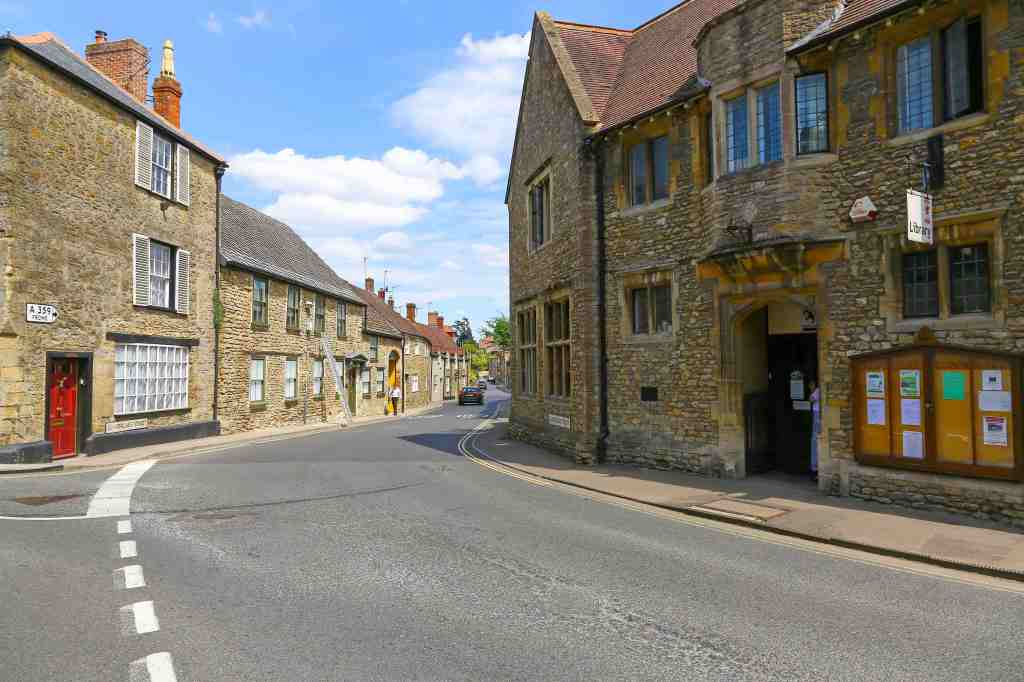
Unsurprisingly, in fashionable Bruton the average price is higher: £398,970, up 35 per cent in two years. It’s got a cluster of great businesses, including the Michelin-starred restaurant Osip, bespoke rug-maker Studio Knot and Rag of Colts, who make wonderful things from repurposed saddle leather – but for such a little town it gets a lot of hype, according to Cathy Morris-Adams of agent Lodestone.
‘Its reputation drives in media, film and music people, and we’ve got buyers who have been renting for two or three years, waiting for the right property. Between £900,000 to £1.5 million the market has been incredibly busy,’ she says.
But she suggests house-hunters will find better value if they widen their search. While the nearby village of Batcombe is as pricy as Bruton, she recommends Evercreech as ‘much more affordable’ and then, 30 minutes away, Langport (with the River Parrett running through it). There’s also Somerton, with its pretty square and octagonal stone Buttercross, built in 1673 to protect the butter and cheese on sunny market days.
In Martock – where the Temperley family run the Burrow Hill Cider farm – there’s a Grade II-listed detached four-bedroom house for sale at £750,000 through Palmer Snell with stone outbuildings perfect for a studio.
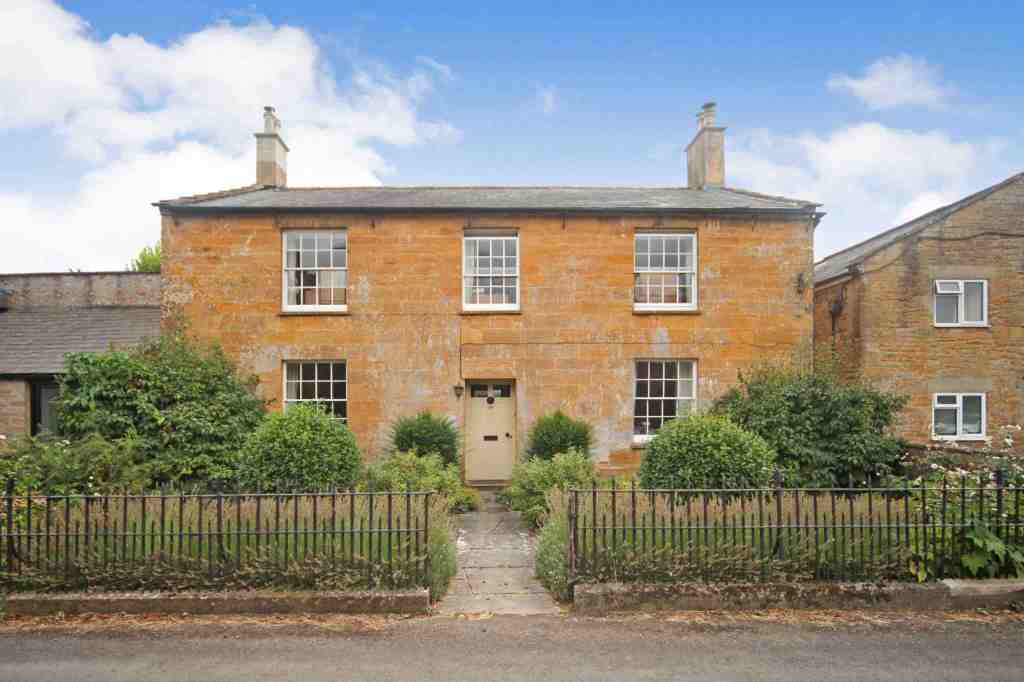
Also within easy reach of Bruton is Charlton Musgrove (with a good pub in The Smithy) and Wincanton, where the former PR guru Lynne Franks’s Seed Store sells wellbeing products made by local women entrepreneurs.
South of the A303 near the village of Templecombe (which offers direct trains to Waterloo), a five-bedroom country house with its own paddock is for sale at £950,000 through Savills.
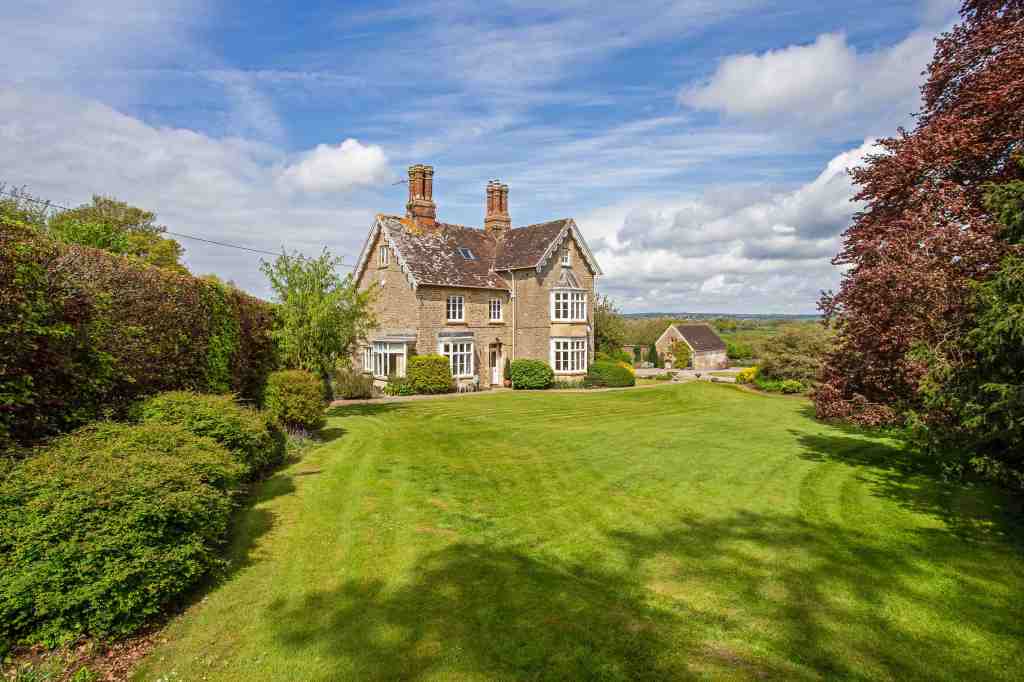
Jo Henry picks Babcary as a ‘good village’ with an award-winning pub, The Red Lion, close to the A37. She says that villages west of Castle Cary (direct trains into Paddington) are more popular than they were in pre-Covid times.
According to Alistair Heather of Savills Bath, the typical DfL buyer spends £1-2 million on a detached house on a couple of acres. The area’s schools are a draw, including All Hallows, Millfield, Sherborne, Sexey’s and King’s Bruton. ‘Villages ten to 15 minutes’ drive to Castle Cary station like Baltonsborough, West Bradley and Pilton are popular,’ he says.
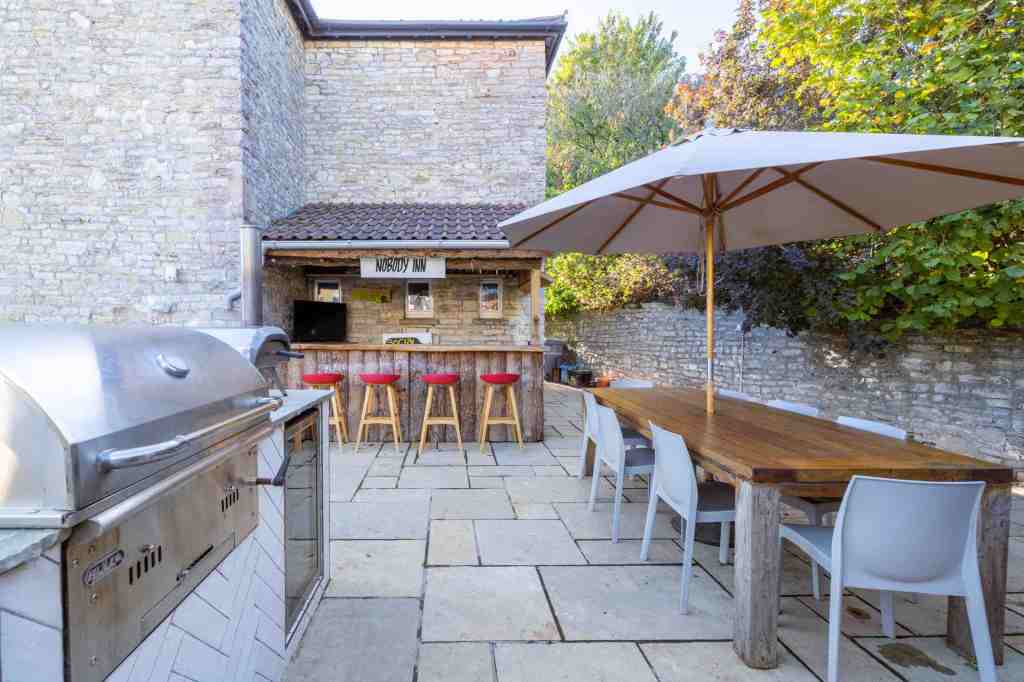
In Pilton, there’s a beautifully renovated three-bedroom house complete with outdoor bar and kitchen marketed by Lodestone for £695,000, while the six-bedroom Old Rectory in Limington, towards Yeovil, is for sale at £1.65 million with Knight Frank.
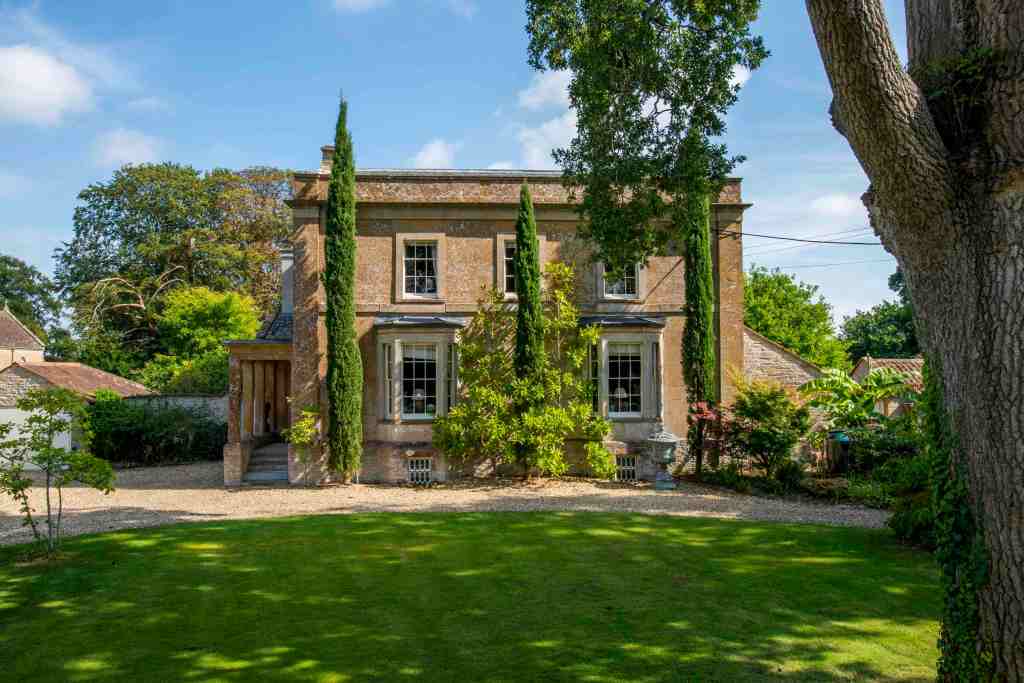
Heather says the A36 corridor – for the Frome-Waterloo line – attracts buyers to Beckington, Rode and Norton St Philip. Contracts have just been exchanged on the Old Vicarage, an eight-bedroom property in Frome – with a guide price of £2.25 million. ‘Unique properties are still going to sealed bids,’ he adds.
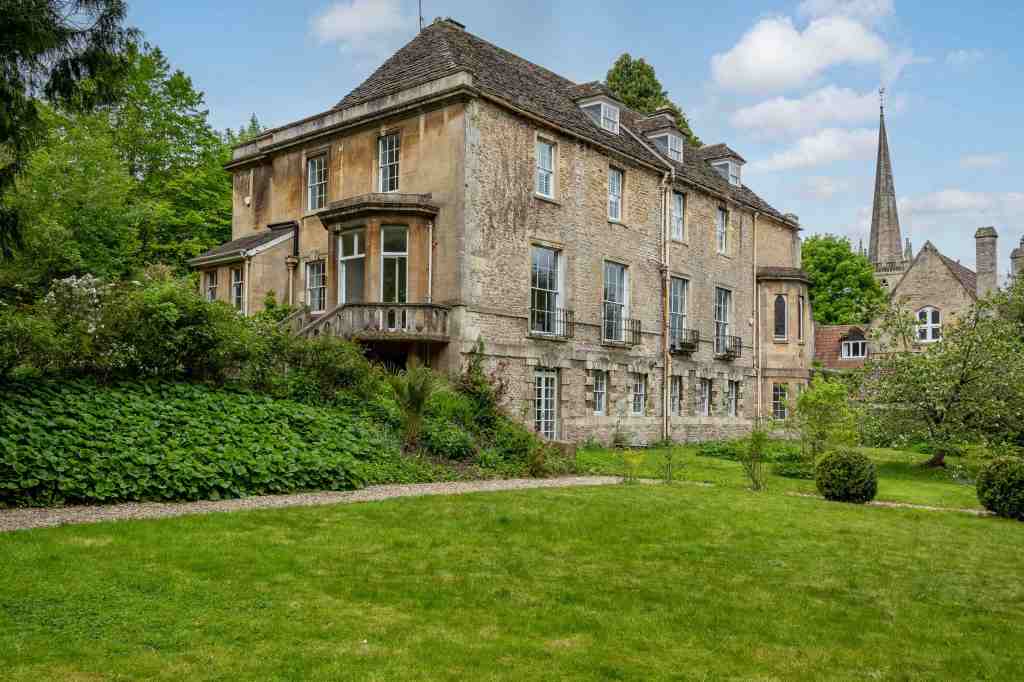

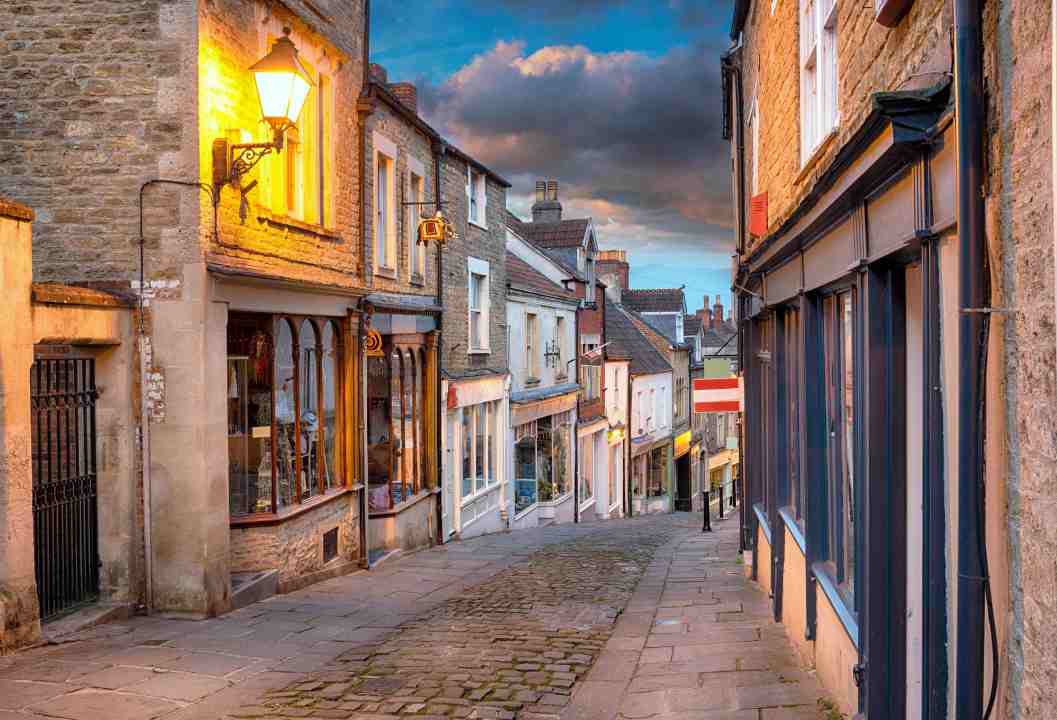
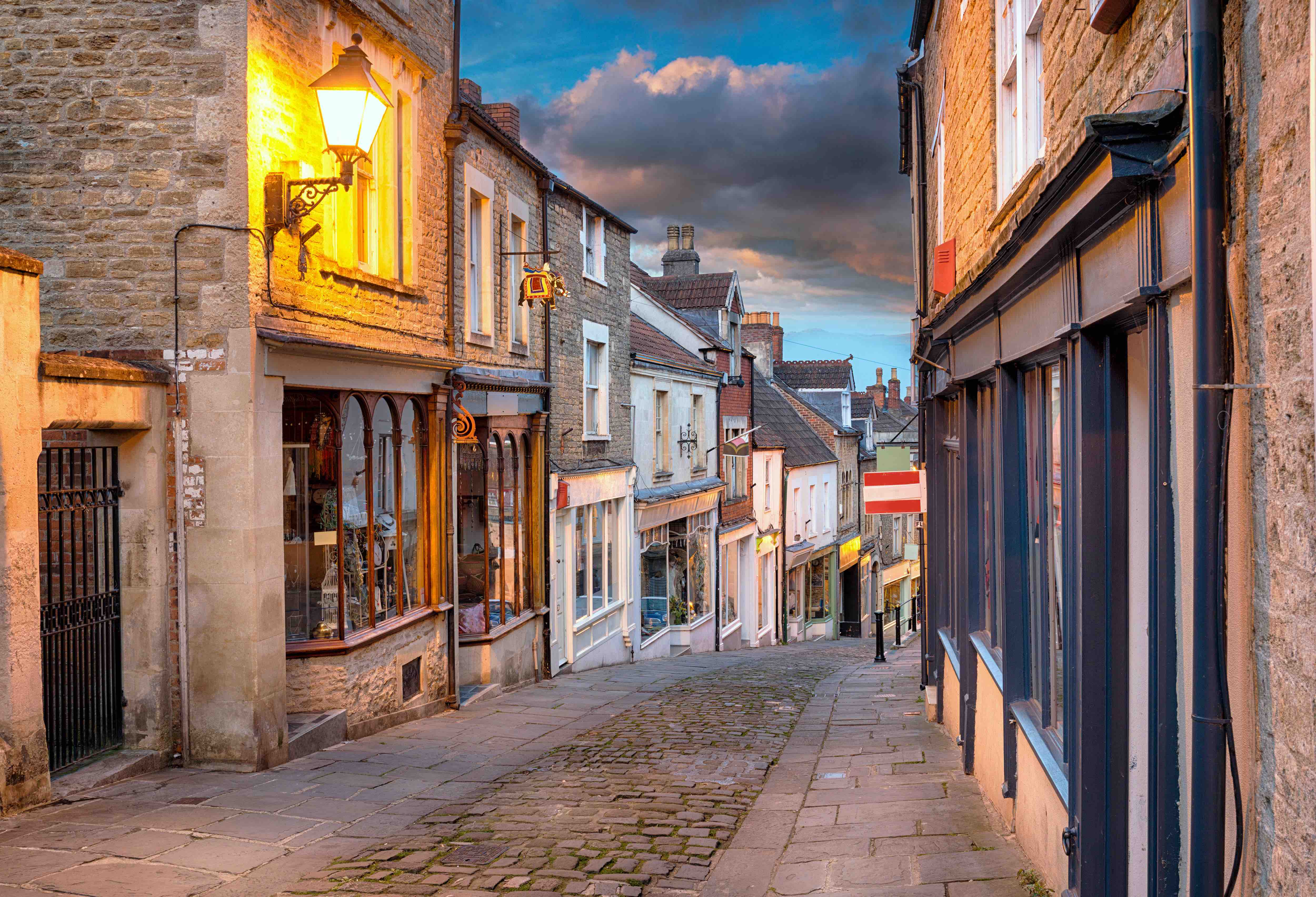




Comments